toyota land cruiser hardtop price in uganda
The toyota land cruiser hardtop price in uganda is one of the most durable and reliable SUVs on the market. For customers in Uganda, this iconic vehicle offers a perfect combination of performance, ruggedness, and versatility. Whether you’re navigating urban streets or traversing off-road terrains, the Land Cruiser Hardtop is built to meet your needs.
Why Choose the Toyota Land Cruiser Hardtop in Uganda?
The Toyota Land Cruiser Hardtop is renowned for its durability, safety, and performance. With its ability to handle tough terrains and adverse weather conditions, it has become a favorite among Ugandan buyers.
- Exceptional Off-Road Capabilities: Equipped with advanced 4×4 technology, the Hardtop excels in rough and uneven terrains.
- Impressive Durability: This vehicle is built to withstand harsh conditions, making it ideal for Uganda’s diverse landscapes.
- Spacious Interior: The Land Cruiser Hardtop provides ample space for passengers and cargo, ensuring maximum comfort during long trips.
-
Toyota Land Cruiser Hardtop 5 Door RHD 202015500,00 $
-
Toyota Land Cruiser Hardtop 5 Door 2018 LHD14000,00 $
-
Toyota Land Cruiser VDJ78L V8 Hard Top 201916500,00 $
toyota land cruiser hardtop price in uganda
When considering a Land Cruiser Hardtop purchase, price is a critical factor. At T-More Auto Machinery, we offer competitive prices to cater to various budgets.
Factors Influencing the Price
- Model Year: Newer models often cost more but come with advanced features.
- Condition: A brand-new vehicle will have a higher price than a used or refurbished one.
- Customization: Additional features or modifications can impact the overall price.
Visit our Toyota Land Cruiser Hardtop RHD category for detailed pricing and available models.
Top Features of the Toyota Land Cruiser Hardtop
The Toyota Land Cruiser Hardtop is equipped with features that ensure excellent performance and comfort:
- Powerful Engine: With high torque and horsepower, the Hardtop ensures a smooth driving experience.
- Advanced Safety Features: Airbags, ABS, and traction control systems provide superior safety for passengers.
- Fuel Efficiency: Despite its robust build, the Hardtop offers reasonable fuel consumption rates.
- Versatile Interior: Adjustable seating and multiple configurations cater to different needs.

Where to Buy the Toyota Land Cruiser Hardtop in Uganda
At T-More Auto Machinery, we specialize in selling Toyota Land Cruiser Hardtops in Uganda. Our commitment to quality and customer satisfaction sets us apart.
Why Buy from Us?
- Wide Selection: Choose from various models and specifications.
- Affordable Pricing: We offer competitive prices to suit your budget.
- Excellent Customer Support: Our team provides guidance and assistance throughout the buying process.
- Warranty Coverage: Enjoy peace of mind with our comprehensive warranty packages.
Financing and Payment Options
Purchasing a Toyota Land Cruiser Hardtop is a significant investment. At T-More Auto Machinery, we provide flexible financing options to make your dream vehicle more accessible.
- Installment Plans: Spread the cost over several months.
- Bank Partnerships: We collaborate with reputable banks to offer attractive loan packages.
- Cash Discounts: Enjoy special discounts when you pay in cash.

Maintenance and After-Sales Services
Keeping your Land Cruiser Hardtop in excellent condition is crucial for longevity and performance.
- Regular Maintenance: Schedule routine check-ups to keep your vehicle in top shape.
- Genuine Parts: Use authentic Toyota parts for replacements and repairs.
- Expert Technicians: Our skilled mechanics ensure high-quality service every time.
Customer Testimonials
Our customers in Uganda love their Toyota Land Cruiser Hardtops. Here’s what they have to say:
“The Land Cruiser Hardtop is a beast on Ugandan roads. Thanks to T-More Auto Machinery, I got mine at an amazing price!” – John K.
“I couldn’t be happier with my purchase. The team at T-More Auto Machinery made the process so smooth!” – Grace M.
How to Get Started
Ready to own a Toyota Land Cruiser Hardtop? Visit our showroom or browse our online catalog to explore available options.
Toyota Land Cruiser Cars For Sale In Uganda/Toyota Land Cruiser 79 series price in Uganda

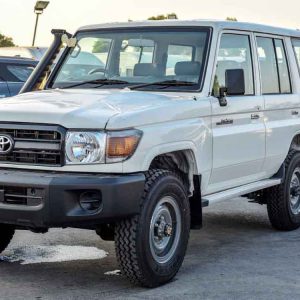













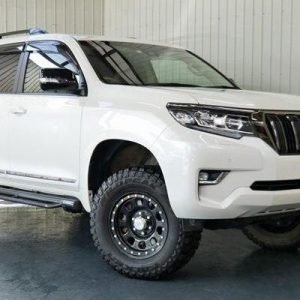





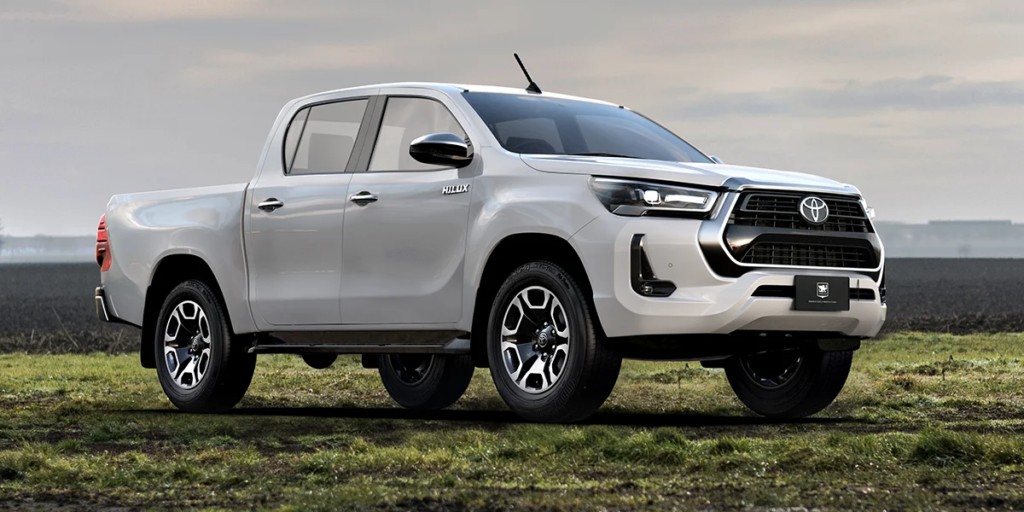



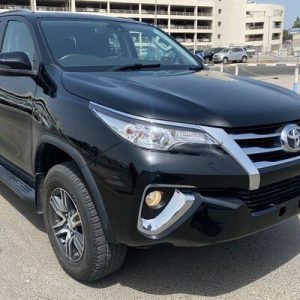





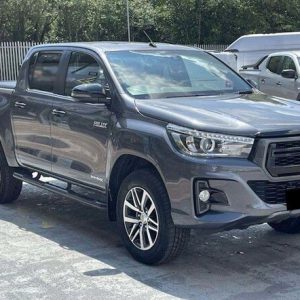











 ford ranger for sale
ford ranger for sale